CLC Spring Field Trip — A Leisurely Day Tour of the North Coast
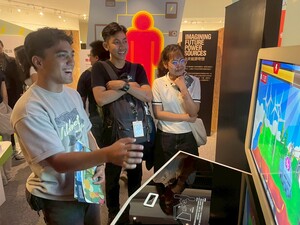
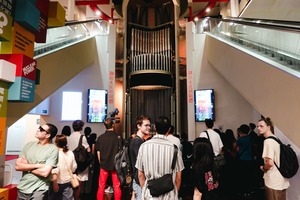
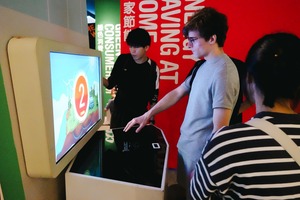
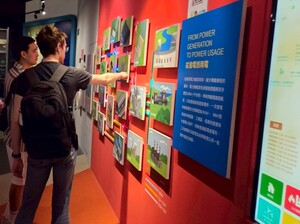
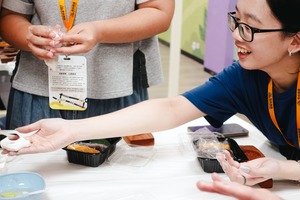
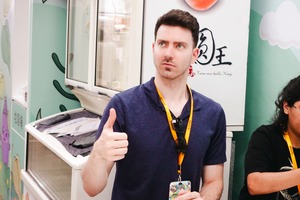
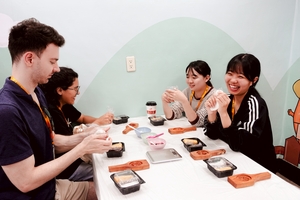
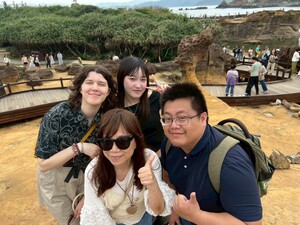
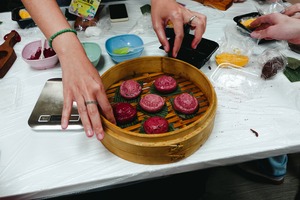
【Article by Chinese Language Center】
On Saturday, April 12, the Chinese Language Center took spring term students on an exploration of Jinshan and Wanli in New Taipei City, embarking on a journey along Taiwan’s beautiful North Coast. To foster intercultural exchange and meaningful interaction, students from the flagship program were also invited to join the tirp. This outing aimed to offer students better understand the charm of Taiwan and encourage them to step outside the bustling city and experience the island’s natural beauty.
Early in the morning, students gathered at school and headed to Yehliu Geopark, about an hour's drive from Muzha. The North Coast is famous for its dramatic coastal rock formations, the North Coast of Taiwan is shaped by years of northeast monsoon winds and sea erosion. Yehliu in particular is known for its fascinating naturally formed rocks Upon arriving at the park, students were amazed by the surreal landscapes and eagerly took photos with the uniquely shaped rocks, while exploring various trails and scenic spots. Some students also tried the local specialty drink made from jelly fig (known as shihua-dong; 石花凍), seizing the chance to practice their spoken Mandarin while making their purchases.
Energized by the visit to Yehliu, the group then headed to Taipower’s Northern Exhibition Hall. There, they learned about the basic principles behind nuclear power plants, Taiwan’s nuclear energy history, and different power generation systems. British student, Thomas Bagnall, , who happens to have a background in energy studies, took the opportunity to explain some of the technical concepts in Mandarin to his peers—impressing both classmates and teachers with his language progress. The exhibition also featured many interactive displays, allowing students to engage hands-on: for instance, calculating how much kinetic energy is generated by running for a minute, or understanding how body mass affects daily energy expenditure—basic but essential knowledge.
After a packed morning, everyone needed a break. The group took a well-deserved break at Huanggang Fishing Harbor to rest and recharge for the afternoon activities. They then made their way to Jinbaoli Old Street, where students split into two groups: one group joined a traditional rice snack workshop, while the other explored the historic street, sampling local delicacies, soaking their feet in the free public foot bath, or relaxing in the well-known Jinshan hot spring bathhouses. For many international students, this might be their first encounter with Taiwan’s hot spring culture—a refreshing and unforgettable experience. Conversations flowed as students dipped their feet and shared stories, enjoying the peaceful rhythm of the North Coast.
The highlight of the afternoon was the hands-on experience of making traditional Taiwanese treats—hongguigui, a traditional Taiwanese rice cake rich in cultural symbolism. These turtle-shaped cakes are made from glutinous rice flour colored with red yeast and pressed into molds to form their iconic shell patterns, symbolizing good fortune and longevity. Since Jinshan is famous for its sweet potatoes, the host also provided sweet potato-based dough for the students to try. Carefully following instructions delivered in Mandarin by a local teacher, students worked step by step—from pressing the mold to filling it with sweet red bean paste—creating their very own hongguigui. This activity not only improved students’ listening and comprehension skills in Mandarin, but also deepened their understanding of Taiwan’s food culture through hands-on practice.
The Chinese Language Center puts great effort into organizing off-campus activities every term. These excursions are designed to enhance students’ Mandarin learning by immersing them in authentic local experiences, helping them discover the stories, traditions, and daily rhythms of life in Taiwan. Through such meaningful journeys, language learning becomes more vivid and culturally grounded, allowing Taiwan’s rich stories to leave lasting impressions in the hearts of students from around the world.


 Fax:886-2-29379611
Fax:886-2-29379611